Every surfer has that one beach they heard was amazing, only to show up and find conditions so underwhelming you wonder if it’s a prank. The internet is full of ‘hidden gems’ and ‘must-visit surf spots’ that sound incredible on paper but deliver waves about as exciting as watching paint dry. Sometimes the hype just doesn’t match reality, and what looks perfect in photos turns out to be a lesson in managing expectations.
From famous breaks that peaked decades ago to tourist traps masquerading as surf meccas, these spots prove that not every beach with waves is worth the paddle out. Here is a list of 17 surfing beaches that consistently leave wave riders scratching their heads and wondering why they bothered making the trip.
Waikiki Beach, Hawaii
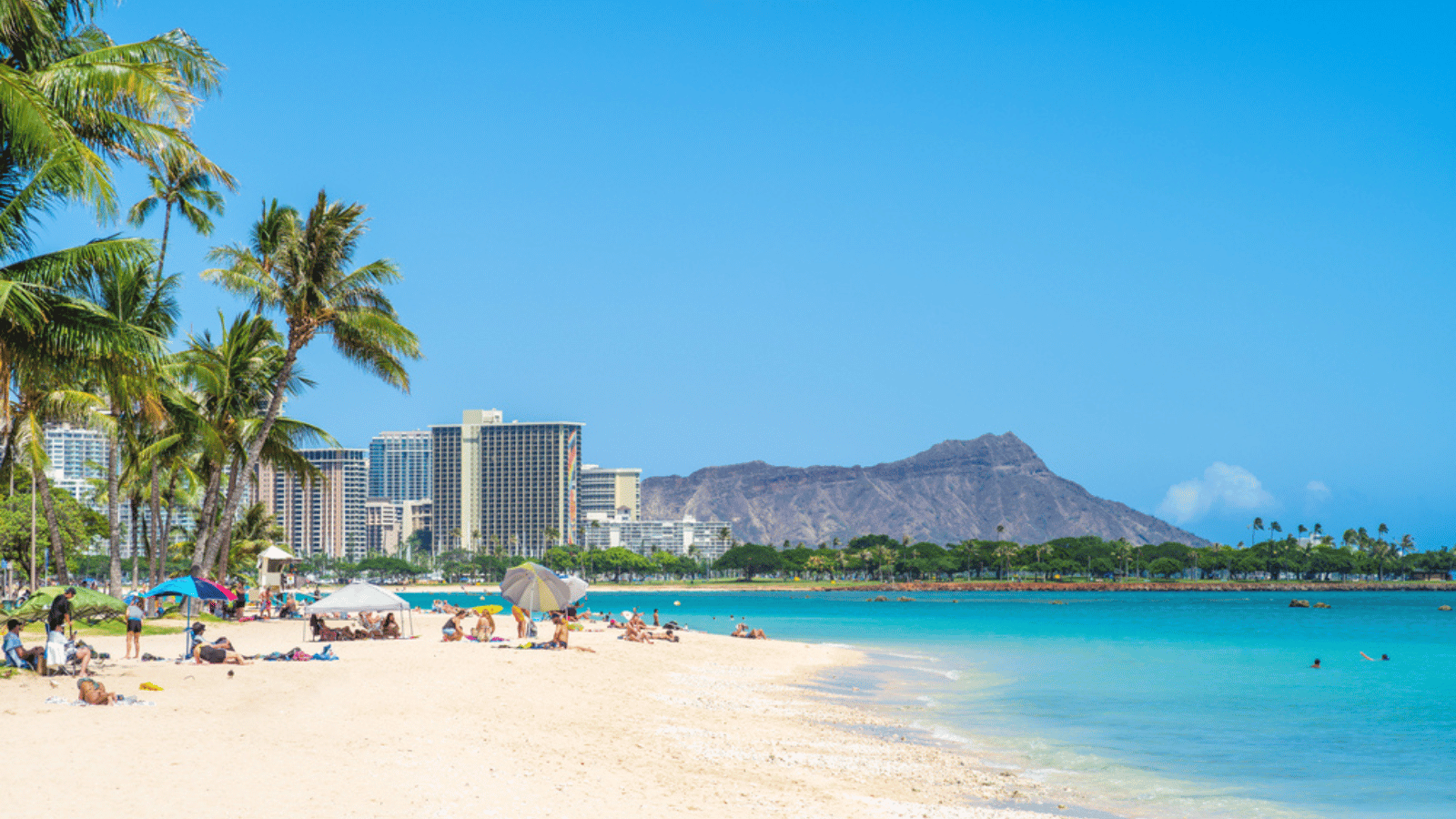
Waikiki might be the most famous surf spot in the world, but that fame comes with some serious downsides that modern surfers quickly discover. The waves here are typically small, mushy, and overcrowded with beginners who have no idea what they’re doing.
You’ll spend more time dodging other surfers and tourists on foam boards than actually riding waves. The water quality isn’t great either, thanks to all the hotels and development right on the shoreline.
Malibu, California
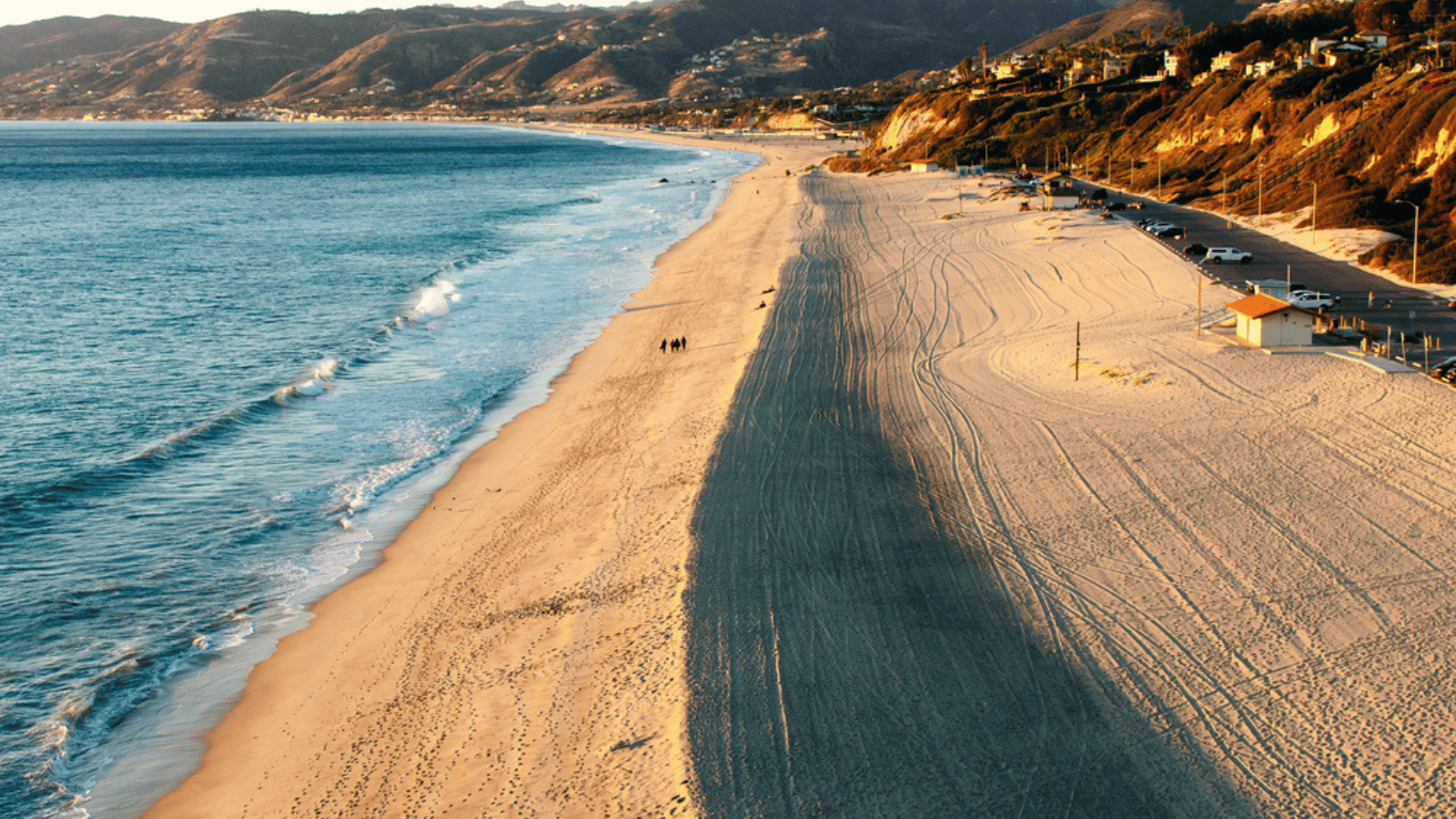
Malibu’s reputation was built decades ago when it actually had consistent, quality waves and fewer people in the water. These days, you’re looking at crowds that make a Black Friday sale seem peaceful, with localism that borders on aggressive. The waves themselves have become inconsistent due to sand movement and development, and parking costs more than your board wax — and finding a spot might take longer than your session.
It’s basically become a tourist destination that happens to have surfboards in the water.
Like Travel Pug’s content? Follow us on MSN.
Bondi Beach, Australia

Bondi gets hyped as Australia’s premier surf destination, but most days the waves are either completely flat or blown out by onshore winds. The beach faces east, which means it catches every bit of wind chop and storm surge, creating messy conditions that are more frustrating than fun.
Add in the massive crowds of beginners and tourists, plus some seriously territorial locals, and you’ve got a recipe for disappointment. The surrounding area is expensive and touristy, making the whole experience feel more like a theme park than a surf spot.
Huntington Beach, California
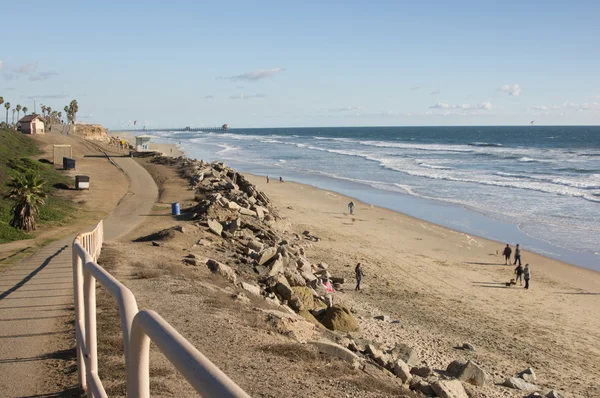
Known as ‘Surf City USA,’ Huntington Beach sounds like it should deliver world-class waves, but the reality is far different from the marketing. The waves here are typically weak and inconsistent, breaking over a flat sandy bottom that creates mushburgers instead of barrels.
The water is often polluted from urban runoff, and the crowds include everyone from aggressive locals to complete beginners with no surf etiquette. The oil platforms offshore don’t exactly add to the natural beauty either.
Virginia Beach, Virginia
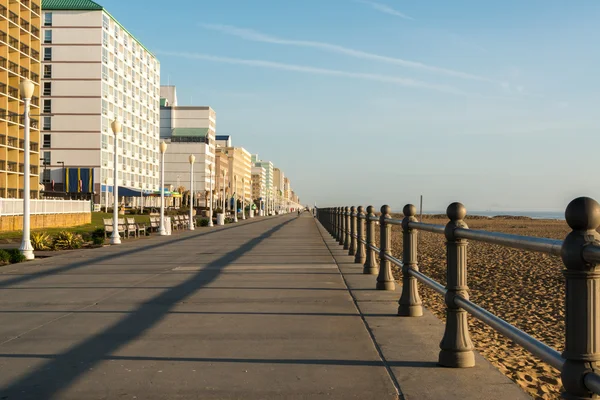
Virginia Beach gets marketed heavily as an East Coast surf destination, but the wave quality rarely justifies the hype surrounding it. The continental shelf here creates weak, rolling waves that lack power and rarely offer anything worth getting excited about.
Summer brings flat conditions and crowded beaches filled with tourists who treat the ocean like a swimming pool. Winter might have slightly better waves, but the water temperature will freeze your enthusiasm faster than you can paddle out.
Like Travel Pug’s content? Follow us on MSN.
Ocean City, Maryland
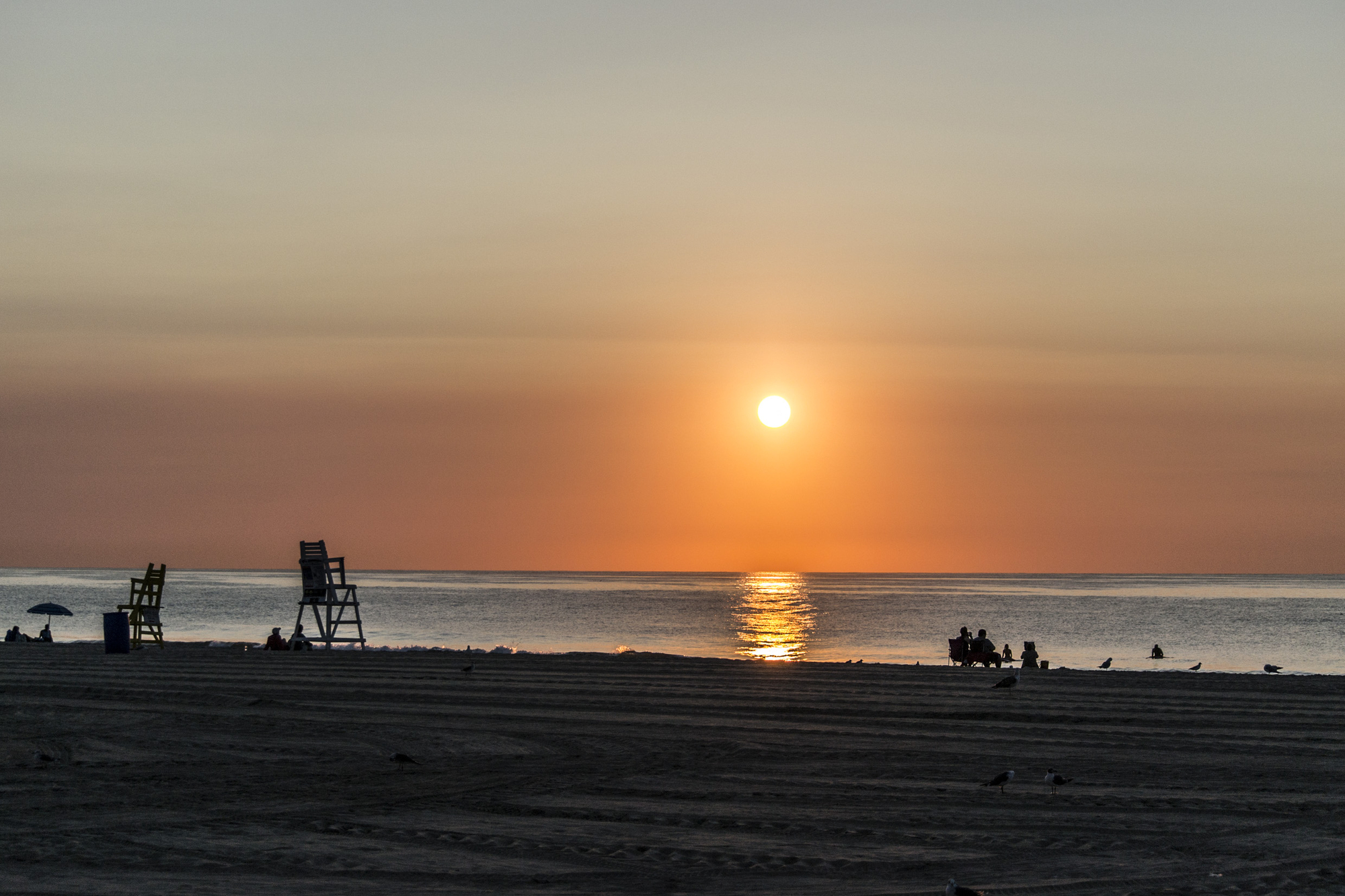
Ocean City attracts surfers from the Mid-Atlantic region, but the waves here are notoriously fickle and often downright terrible. The beach faces northeast, which means it needs very specific storm conditions to produce anything rideable, and even then the waves are usually blown out.
The town itself is a classic boardwalk tourist trap with overpriced everything and crowds that make finding parking a major challenge. When Hurricane Sandy reshaped the coastline, it made the already inconsistent surf even more unpredictable.
Galveston, Texas

Galveston gets talked up as Texas’s surf capital, but the Gulf of Mexico just doesn’t produce the kind of waves that make for memorable sessions. The water is typically brown from sediment runoff, and the waves are small, weak, and lack any real power or shape.
The flat continental shelf means swells lose their energy long before reaching shore, creating mushburgers that crumble faster than stale cookies. Industrial shipping and oil refineries in the area don’t exactly create the pristine surf environment most people are hoping for.
Jacksonville Beach, Florida

Jacksonville Beach has a decent surf community, but the waves themselves are incredibly inconsistent and often completely flat for weeks at a time. When waves do show up, they’re typically small and weak due to the gradual slope of the ocean floor.
The beach faces east, which should be good for catching Atlantic swells, but most storms track too far offshore to generate quality surf. Summer brings flat conditions and crowds of tourists, while winter offers slightly better waves but water temperatures that require thick wetsuits.
Like Travel Pug’s content? Follow us on MSN.
La Jolla Shores, California
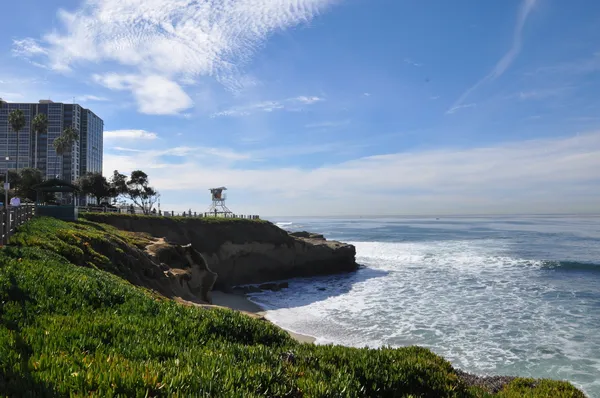
La Jolla Shores gets recommended to beginners constantly, but that’s exactly the problem – it’s designed for people who are just learning to stand up. The waves here are intentionally small and weak, breaking over a sandy bottom in water that’s usually filled with swim classes and snorkelers.
Any surfer beyond the absolute beginner level will find themselves bored within minutes. The marine protected area restrictions also limit where you can actually surf, making an already limited spot even more restrictive.
Rehoboth Beach, Delaware
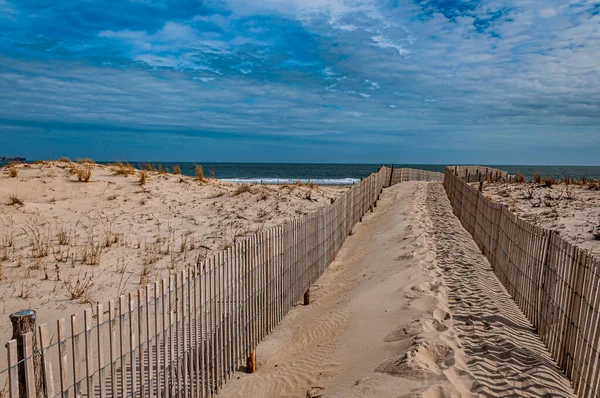
Rehoboth Beach attracts surfers from the Washington D.C. area, but the wave quality rarely justifies the drive down from the city. The waves here are typically small and weak, and the beach faces southeast, which means it needs very specific storm conditions to produce anything decent.
Summer brings flat conditions and beach crowds that make the water feel more like a public pool than a surf spot. The town itself is a family beach destination, which means everything is geared toward tourists rather than surfers.
Myrtle Beach, South Carolina
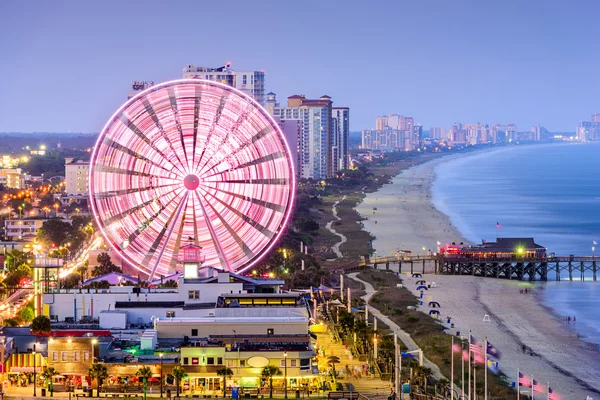
Myrtle Beach markets itself as a surf destination, but the waves here are consistently disappointing and the whole area feels more like a miniature golf theme park. The continental shelf creates weak, rolling waves that lack power and rarely offer anything exciting to ride.
Summer brings completely flat conditions and massive tourist crowds that treat the ocean like their personal playground. The development right up to the shoreline has altered the natural sand flow, making the already poor waves even more inconsistent.
Like Travel Pug’s content? Follow us on MSN.
Corpus Christi, Texas
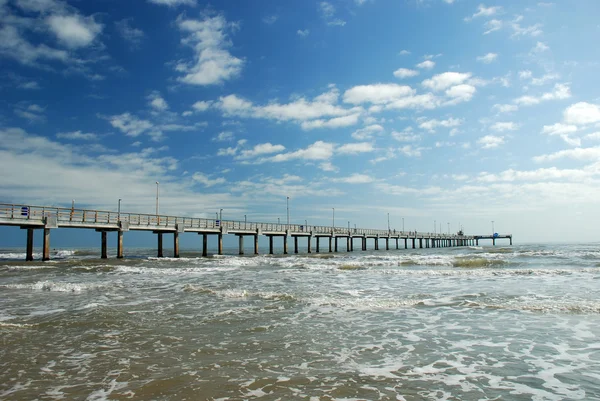
Corpus Christi sits on the Gulf of Mexico, which immediately limits its wave potential, but even by Gulf standards, the surf here is remarkably poor. The waves are typically tiny and completely lacking in power, breaking over shallow sandbars that create mushburgers instead of rideable faces.
The water is often murky from sediment and runoff, and the industrial development along the coast doesn’t create the kind of environment most surfers are looking for. When Hurricane Harvey reshaped the coastline, it somehow made the already terrible surf even worse.
Folly Beach, South Carolina
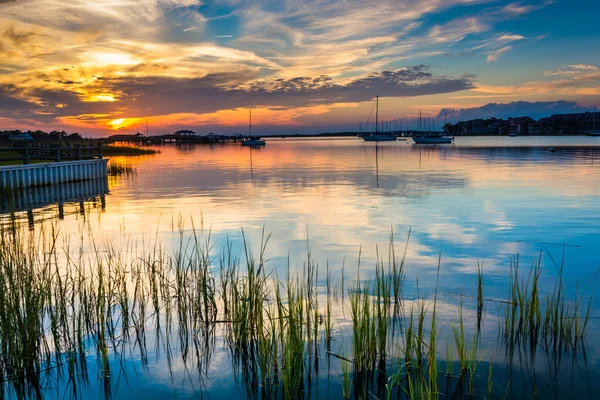
Folly Beach has a reputation among East Coast surfers, but the reality rarely lives up to the stories you hear about this place. The waves are incredibly inconsistent, often completely flat for long stretches, and when they do show up, they’re usually small and weak.
The beach faces southeast, which should catch some Atlantic swell, but most storms track too far offshore to generate quality surf here. The town has a laid-back vibe, but that doesn’t make up for waves that rarely get above knee-high.
Cocoa Beach, Florida
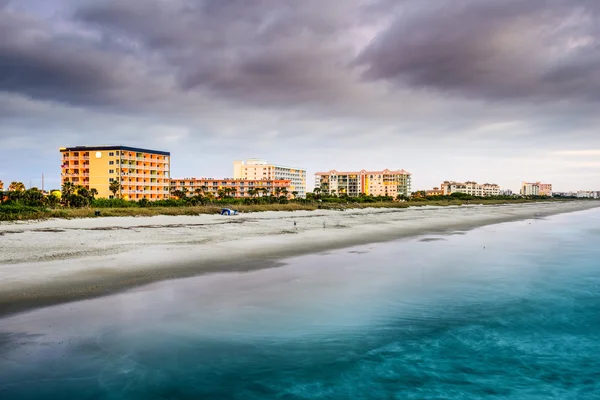
Cocoa Beach is famous for producing Kelly Slater, but don’t expect to find world-class waves when you visit this Space Coast spot. The waves here are notoriously fickle and often completely flat, relying on very specific storm conditions to produce anything worth riding.
When hurricanes do generate surf, the waves are usually blown out and messy rather than clean and powerful. The beach faces east toward the Atlantic, but the continental shelf creates weak, crumbling waves that lack the punch you’d expect from ocean swells.
Like Travel Pug’s content? Follow us on MSN.
Wrightsville Beach, North Carolina
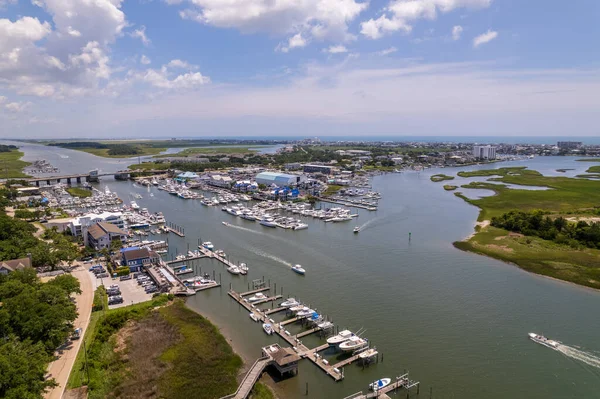
Wrightsville Beach gets hyped as one of the better East Coast surf spots, but the consistency issues here are legendary among local surfers. The waves rely heavily on tropical storm activity, which means long flat spells punctuated by brief periods of decent surf that usually coincide with dangerous conditions.
The beach faces southeast, which should be good for catching swells, but the angle often results in weak, angled waves rather than powerful, straight-on surf. Development and beach nourishment projects have altered the natural sand flow, making the surf even more unpredictable.
Gulf Shores, Alabama
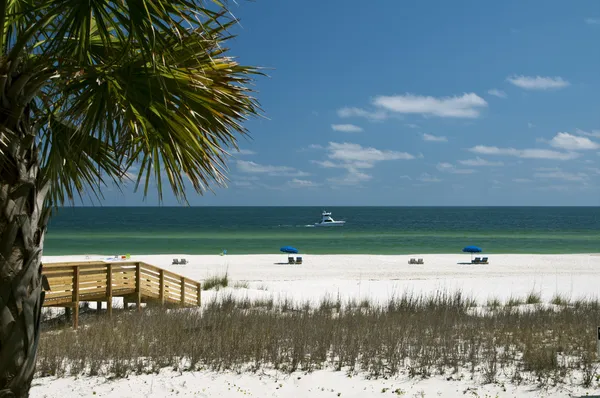
Gulf Shores tries to market itself as a surf destination, but the Gulf of Mexico simply doesn’t produce the kind of waves that make for exciting surfing. The waves here are typically tiny and completely lacking in power, more suitable for boogie boarding than actual surfing.
The flat continental shelf means swells lose their energy long before reaching shore, creating weak rollers that barely qualify as waves. Summer brings flat conditions that can last for months, and even tropical storms rarely generate surf that’s worth the effort of paddling out.
Outer Banks, North Carolina
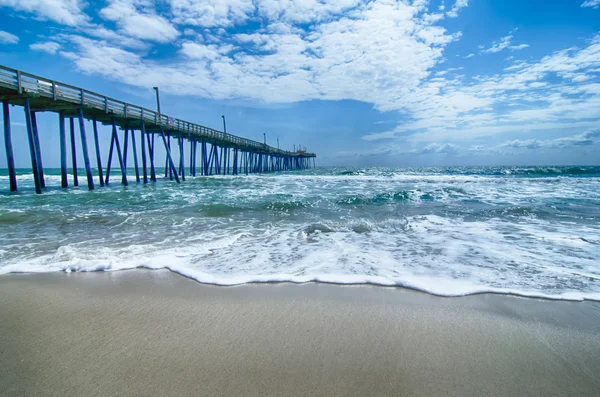
The Outer Banks has areas with decent surf, but much of this famous barrier island chain delivers waves that are either too dangerous or too inconsistent for most surfers. Cape Hatteras can produce quality surf during hurricane season, but the rest of the year it’s typically flat or blown out by constant winds.
The strong currents and changing sandbars make many spots dangerous for average surfers, while the isolated location means you’re often surfing alone in challenging conditions. Tourist development has also altered the natural flow of sand and water, affecting wave quality in many areas.
Like Travel Pug’s content? Follow us on MSN.
The Legacy of Overhyped Surf Spots

These disappointing surf destinations remind us that not every beach with waves deserves a spot on your bucket list, and sometimes the most famous spots are famous for the wrong reasons. Social media and surf tourism have created unrealistic expectations around certain beaches, turning them into overcrowded tourist traps rather than quality surf experiences.
The best waves are often found at lesser-known spots that require local knowledge and patience to discover. Smart surfers learn to research conditions, talk to locals, and manage their expectations rather than chasing Instagram-famous breaks that rarely deliver the goods.”
More from Travel Pug

- 20 Best Beach Towns in the Carolinas
- 13 Destinations Where Tourists Regularly Regret Their Trip
- 20 Things You Actually Get in First Class
- 20 Small Airports With Aviation Museums
- 20 Places in the U.S. That Are Perfect for a Reset Trip
Like Travel Pug’s content? Follow us on MSN.
